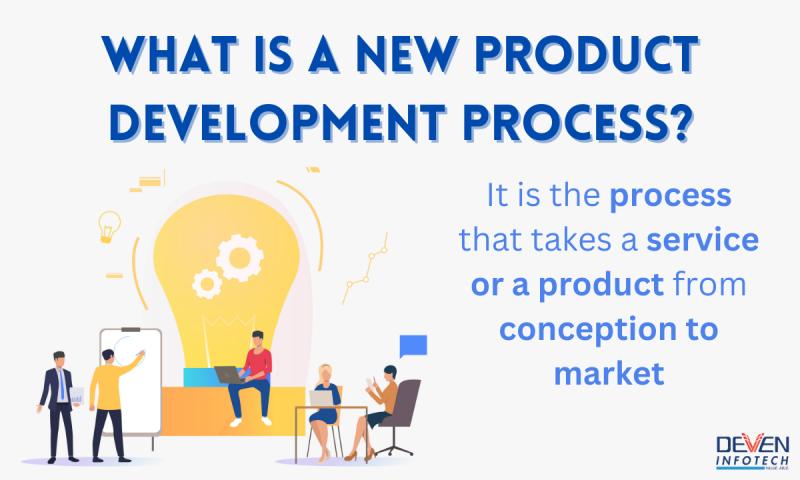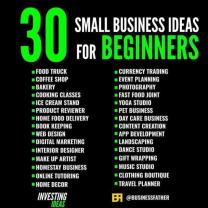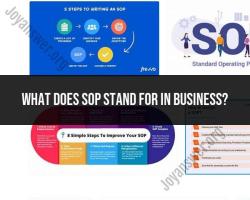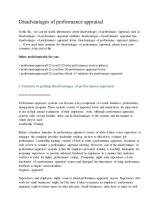What are the seven phases of new product development?
The new product development (NPD) process typically consists of several phases that organizations follow to bring a new product from concept to market. While the number of phases and their names can vary slightly between different models and industries, a commonly used framework includes seven key phases:
Idea Generation:
- In this phase, ideas for new products are generated through various means, including brainstorming sessions, customer feedback, market research, and internal innovation initiatives. The goal is to identify potential concepts that align with business goals and market needs.
Idea Screening:
- The generated ideas are evaluated and screened to determine their feasibility and alignment with strategic objectives. Criteria for screening may include market demand, technical feasibility, financial viability, and alignment with the organization's capabilities.
Concept Development and Testing:
- Selected ideas are developed into detailed product concepts. These concepts are then tested with target customers to gather feedback on their preferences and perceptions. This phase helps in refining and improving the product concept based on customer input.
Business Analysis:
- A thorough analysis of the proposed product's economic viability is conducted in this phase. This includes estimating costs, revenue projections, market potential, and assessing the overall financial feasibility of bringing the product to market. Decision-makers evaluate whether the potential return on investment justifies moving forward.
Prototype Development and Testing:
- A prototype or a physical representation of the product is developed in this phase. Prototypes allow for testing and validation of the product's design, functionality, and performance. Feedback from testing is used to make necessary adjustments and improvements.
Market Testing:
- Before a full-scale launch, the product is introduced to a limited market or test market. This allows the company to observe how the product performs in real-world conditions, assess customer response, and gather additional insights. Market testing helps in fine-tuning marketing strategies and making final adjustments.
Commercialization:
- If the product successfully passes all previous phases, it enters the commercialization phase. This involves full-scale production, marketing, and distribution. The product is launched in the broader market, and efforts are made to maximize market share and achieve financial success.
It's important to note that the NPD process is iterative, and feedback from one phase may lead to revisions in earlier phases. Additionally, collaboration between different departments and effective project management are critical throughout the process.
These seven phases offer a structured approach to developing and launching new products, providing a systematic way for companies to manage risks, optimize resources, and increase the likelihood of bringing successful products to market.
Can you outline the seven distinct phases constituting the process of new product development?
The seven distinct phases of new product development are:
1. Idea Generation:
- Brainstorming and generating new ideas for products or services.
- Identifying potential customer needs and problems.
- Conducting market research to evaluate potential demand and competition.
2. Concept Development and Testing:
- Refining and developing the best ideas into concrete concepts.
- Creating prototypes and conducting user testing to gather feedback.
- Evaluating the feasibility and viability of the concept.
3. Business Analysis:
- Estimating the costs and potential profits of the product.
- Developing a financial model and business plan.
- Assessing the risks and potential rewards of the product.
4. Product Development:
- Designing and developing the final product.
- Sourcing materials and manufacturing the product.
- Testing and refining the product to ensure quality.
5. Test Marketing:
- Launching the product in a limited market to test its appeal and performance.
- Gathering feedback from customers to make final adjustments.
- Evaluating the success of the test marketing campaign.
6. Commercialization:
- Launching the product full-scale into the market.
- Developing marketing and sales strategies.
- Building brand awareness and generating demand.
7. Product Launch and Post-Launch Evaluation:
- Introducing the product to the market and generating initial sales.
- Monitoring the product's performance and sales trends.
- Making adjustments to the product or marketing strategy as needed.
These phases are typically iterative and may not always be followed in a linear fashion. The specific steps and activities involved in each phase will vary depending on the product and industry. However, understanding these seven phases provides a general framework for the new product development process.












